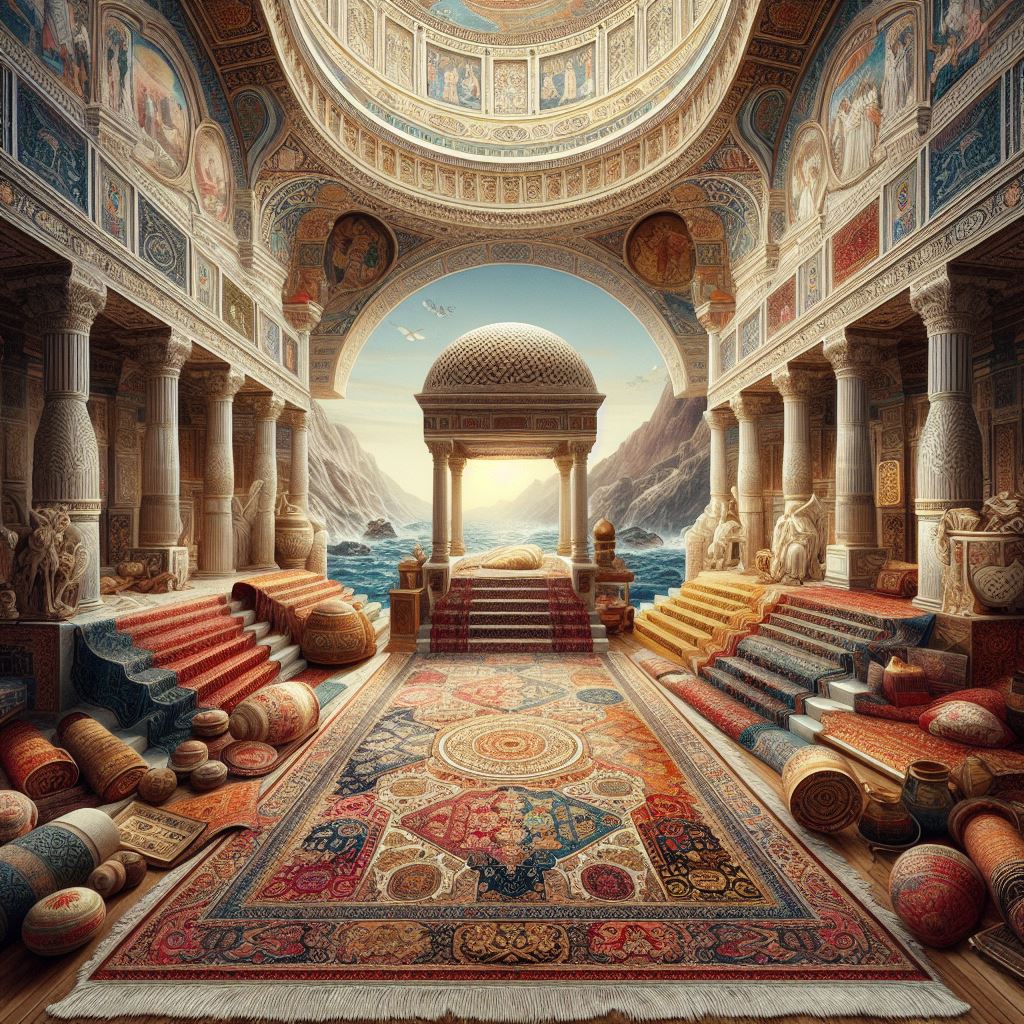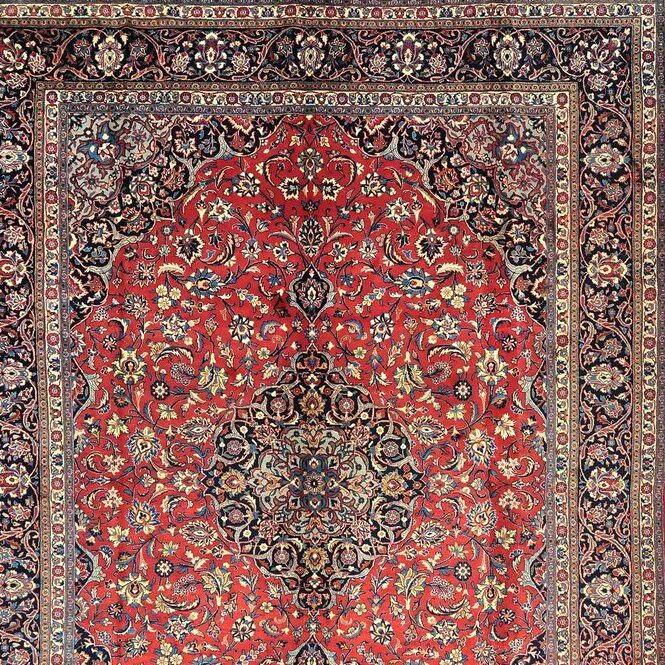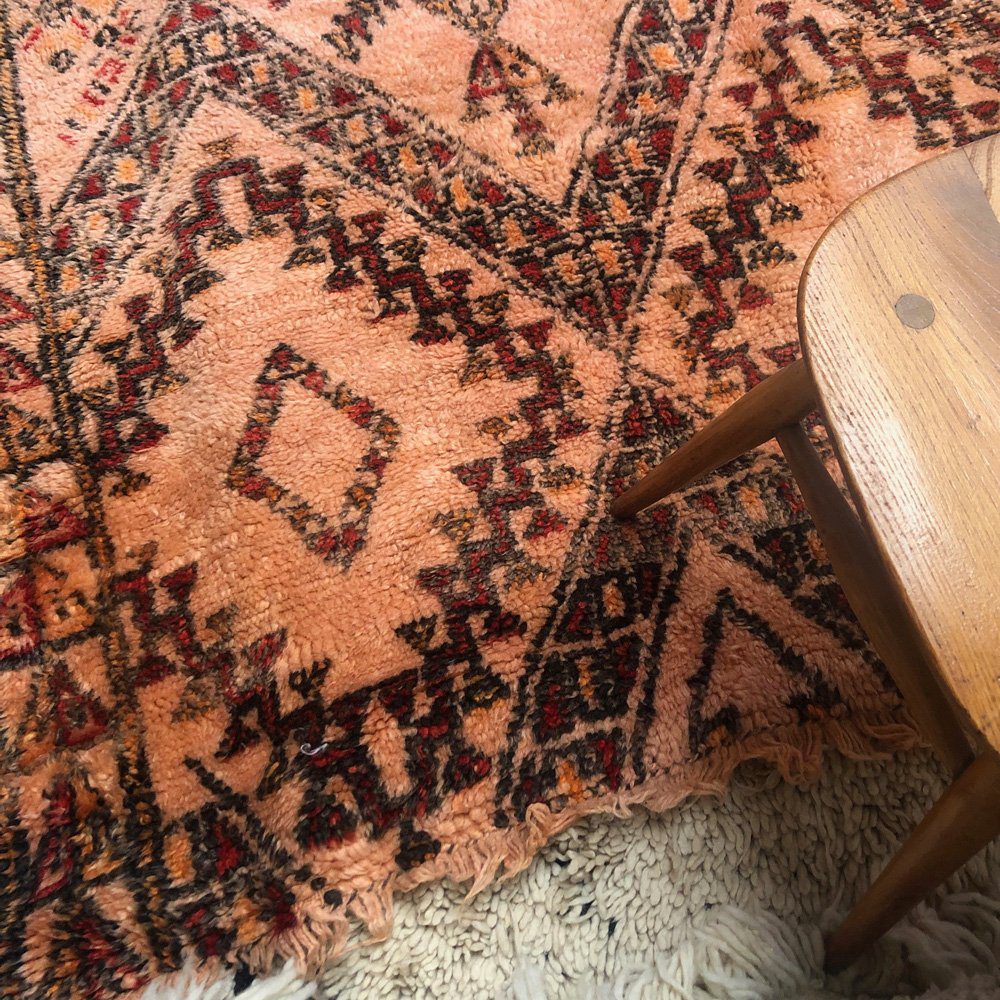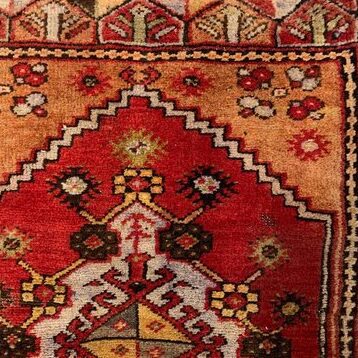Discover Greek Rugs: Timeless Elegance & Craftsmanship
Historical Significance and Origins
Greek rugs hold a special place in the tapestry of textile history, with their origins tracing back to the ancient civilizations of Greece. These rugs are more than just decorative pieces; they are a testament to the rich cultural and artistic heritage of Greece. The art of rug making in Greece dates back to antiquity, and these early examples were not just functional but also held significant cultural and symbolic value. They were used in various settings, from the homes of the elite to religious and public buildings, reflecting the societal status and artistic tastes of the period.
The question 'Did they have rugs in ancient Greece?' can be answered by looking at historical records and archaeological findings, which suggest that rug making was a well-established craft. These early Greek rugs often featured motifs and designs that were indicative of the region's artistic influences, with geometric patterns and natural themes being predominant. The weaving techniques and materials used have evolved over the centuries, but the essence of Greek rug making remains rooted in these early traditions.
Traditional Greek Rug Designs and Styles
Variety and Symbolism in Greek Rug Patterns
Greek rugs are renowned for their unique designs and patterns, with the 'Greek key' being one of the most iconic motifs. The Greek key rug, a symbol of infinity and unity, is a testament to the enduring legacy of Greek art and design. These rugs often feature repetitive meander patterns, which are reflective of the intricate mosaics and architectural designs prevalent in ancient Greek art. The traditional Greek off-white wool rug is another classic example, embodying simplicity and elegance in its design.
The diversity in Greek rug designs extends beyond these traditional patterns, incorporating a variety of styles and themes. Greek style rugs are known for their versatility, ranging from rustic and simplistic to more elaborate and ornamental designs. The Greek key flat-weave rug, for example, showcases a weaving technique that creates a flat surface without a pile, making it distinct in texture and appearance. These rugs often blend seamlessly with both modern and traditional interior design, making them a popular choice for home décor.
Joe Rugs - Carpet Expert
Hello! I'm Joseph Rugs, the founder of CarpetJoe.com and your guide through the intricate world of carpets. Born and raised in London with a deep-rooted passion for art and culture, I've explored the globe to bring the rich tapestry of carpet weaving right to your screen. My academic background in arts and humanities from Oxford has fuelled my curiosity, leading me to uncover the stories behind every knot and weave. As a family man, my adventures are shared with my loved ones, enriching our lives with every piece of art we encounter. Join me as we explore the beauty and craftsmanship of carpets together.
The Timeless Appeal of Persian Rugs
The allure of Persian and Oriental rugs extends far beyond their visual appeal, encompassing centuries of history, unparalleled craftsmanship, and deep cultural significance. These rugs have not only adorned the floors of homes across the globe but have also been cherished as works of art, valued for their intricate designs, vibrant colors, and the stories they tell.
Why Persian and Oriental Rugs Captivate
Persian and Oriental rugs are celebrated for their exquisite beauty and intricate designs, which have captivated enthusiasts and collectors for centuries. These rugs are handcrafted masterpieces, each thread woven with meticulous care, reflecting the traditions and cultural heritage of their origins. The complexity of patterns, ranging from floral motifs to geometric shapes, combined with a rich palette of colors, makes each rug a unique piece of art.
The craftsmanship behind Persian and Oriental rugs involves a labor-intensive process of hand-knotting, passed down through generations. This traditional method ensures that each rug is not only beautiful but also incredibly durable, capable of withstanding years of use while maintaining its elegance. The materials used, typically wool or silk, are of the highest quality, contributing to the rug's luxurious feel and the depth of its colors.
Craftsmanship and Weaving Techniques
Mastering the Art of Greek Rug Weaving
The artistry behind Greek rug weaving is a blend of tradition and skill, passed down through generations. Answering the question 'What is a weave rug?' takes us to the heart of this craft. Greek rugs are typically characterized by their flat-weave technique, a method that produces a rug without a pile, creating a thinner, more lightweight textile. This technique, while less plush than knotted rugs, allows for intricate patterns and vivid colours, making Greek rugs distinctive in the world of textiles.
Greek weaving techniques have evolved over time, with each region developing its unique style. Wool is the primary material used, known for its durability and warmth. The use of natural dyes derived from plants and minerals has been a hallmark of Greek rug-making, giving the rugs their vibrant hues that last for generations.
The Greek key flat-weave rug, in particular, showcases this blend of traditional materials and modern design, making it a sought-after piece in contemporary home décor.

Greek Rugs in the Global Context
Global Recognition and Cultural Significance
In the global tapestry of rug-making, Greek rugs hold a unique position. Known as 'Flokati' or 'Byzantine' in some contexts, these rugs embody a rich history that spans centuries. While countries like Iran are most famous for rugs, Greek rugs have carved out their niche, celebrated for their distinctive designs and robust quality. This global recognition stems not only from the aesthetic appeal of these rugs, but also from their cultural significance, representing a piece of Greek history and artistry.
Greek rugs, particularly antique and handcrafted pieces, are highly valued in the international market. This value answers the question of 'Why are rugs so expensive?' These rugs are not just floor coverings; they are works of art, with each rug telling a story through its patterns, colours, and textures. Collectors and connoisseurs around the world seek Greek rugs for their authenticity, craftsmanship, and the timeless elegance they bring to any space.
Common Types or Rugs
Each type of Oriental rug has its unique charm and story, making them more than just a luxury item; they are a piece of their country's cultural legacy. Collectors and enthusiasts of Oriental and Persian rugs appreciate them not only for their aesthetic appeal but also for their cultural, historical, and artistic significance.

Persian Rugs
Originating from what is now modern-day Iran, Persian rugs are celebrated for their unparalleled craftsmanship and enduring beauty.

Berber Rugs
Originating from the Berber tribes of North Africa, particularly Morocco, this type of carpet is renowned for its rugged texture and resilient nature.

Turkish Rugs
Turkish rugs have a legacy steeped in history and artistry, and have always been a symbol of exquisite craftsmanship and cultural significance.
Frequently Asked Questions
Yes, rugs were a part of ancient Greek life, though not as prominently as in some other ancient cultures. Evidence suggests that Greeks used textiles similar to rugs for various purposes, including floor coverings, wall decorations, and ceremonial uses. These early Greek textiles often featured simplistic designs and were more functional than ornamental.
A weave rug is a type of rug made through a particular process where warp (longitudinal) and weft (lateral) threads are interwoven. This process creates a flat surface without a pile. Weave rugs are known for their durability and can feature intricate designs. The Greek key flatweave rug is a classic example, showcasing distinct patterns traditional to Greek design.
Greek rugs are often referred to as 'Flokati' or 'Byzantine' rugs. Flokati rugs are traditionally hand-woven wool rugs known for their shaggy, fluffy appearance, while Byzantine rugs may refer to more ornate and intricate designs stemming from the Byzantine period's artistic influences.
Iran, historically known as Persia, is the most famous country for rugs. Persian rugs are renowned for their intricate designs, rich colors, and skilled craftsmanship. They have a significant cultural heritage and are highly valued by collectors worldwide.
The oldest known rugs are the Pazyryk rugs, which date back to the 5th century BCE. Discovered in Siberian tombs, these rugs are admired for their advanced weaving techniques and intricate designs, offering insights into early rug-making skills.
The exact origin of rugs is not attributed to a single country, as rug-making is an ancient craft that evolved independently in various cultures. However, some of the earliest rugs were found in regions that are now part of modern-day Iran and Central Asia, indicating their significant role in the development of rug-making.
Rugs can be expensive due to factors like material quality, craftsmanship, design complexity, and origin. Handmade rugs, especially those with historical or cultural significance, involve labor-intensive processes and skilled artistry, adding to their value. The materials used, such as high-quality wool or silk, also contribute to the rug's cost.


